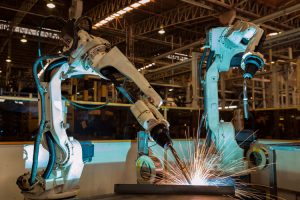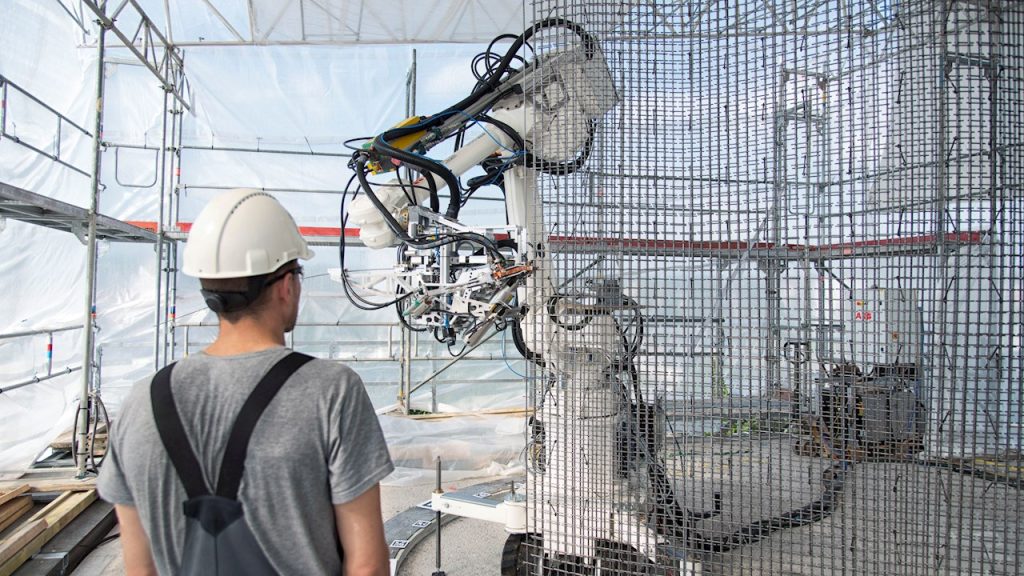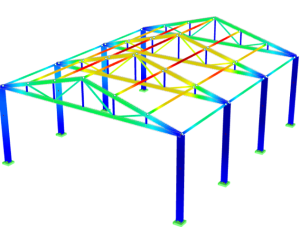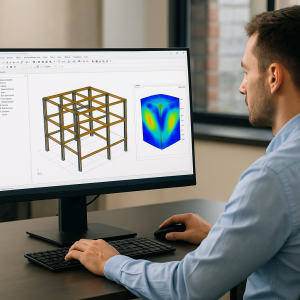The construction industry, long known for its manual labor-intensive processes and slow adoption of new technologies, is undergoing a dramatic transformation. The rise of robotic automation is reshaping how buildings and infrastructure are planned, constructed, and maintained. From autonomous bricklaying systems to drones that perform real-time inspections, robotics is revolutionizing the way we build.
Construction has always been a high-risk, deadline-driven field, with rising costs, labor shortages, and increasing complexity in project requirements. Robotic automation offers a solution that not only improves productivity and quality but also enhances worker safety and project predictability. In this comprehensive guide, we explore the evolution, types, benefits, challenges, and the promising future of robotic automation in construction.
Evolution of Robotics in Construction
The idea of using machines to aid in construction dates back to the early 20th century with cranes, bulldozers, and other heavy machinery. However, these were only mechanical aids, requiring human operators. The emergence of robotics, defined by autonomy, intelligence, and programmability, started influencing construction seriously in the last two decades.
Early attempts included basic bricklaying machines and robotic arms for welding in prefabrication plants. Over time, integration with AI, sensors, IoT, and 3D printing technologies turned robots from simple tools into intelligent systems capable of decision-making, learning, and adapting on the job site.
Today, robotic construction systems are being developed and deployed globally—from autonomous bulldozers in Japan to robotic rebar tying machines in the U.S. The pace is accelerating as companies and governments invest in automation to tackle skilled labor shortages, improve sustainability, and meet growing infrastructure demands.

Types of Robotic Systems Used in Construction
3D Printing Robots (Additive Manufacturing)
These robots construct buildings layer by layer using concrete or specialized building materials. They drastically reduce construction time and material waste.
Example: ICON and Apis Cor have developed 3D printing systems that can print houses in less than 24 hours.
Bricklaying Robots
Robots like SAM (Semi-Automated Mason) and Hadrian X can lay bricks significantly faster than humans, maintaining uniform quality and reducing human fatigue.
Demolition Robots
Compact, remote-controlled demolition robots are used for tearing down old structures safely, especially in tight or hazardous environments.
Rebar Tying Robots
These automate the labor-intensive process of tying rebar, a task essential to reinforced concrete construction. Robots like TyBot are already in use on bridge construction projects.
Inspection Drones and Crawling Robots
Equipped with sensors, drones, and crawling robots inspect hard-to-reach areas, detect structural issues, and monitor job site progress.
Robotic Arms for Material Handling and Welding
In prefabrication and modular construction, robotic arms handle welding, cutting, and lifting with high precision.
Excavation and Earth-Moving Robots
Semi-autonomous or fully autonomous bulldozers and excavators perform grading and trenching tasks with minimal human oversight.
Benefits of Robotic Automation in Construction
Increased Productivity
Robots can work continuously without fatigue, leading to faster project completion. A bricklaying robot can lay over 2,000 bricks per day compared to 400–500 by a skilled human mason.
Enhanced Safety
Construction is one of the most dangerous professions. Robots can perform high-risk tasks such as demolition, working at heights, or handling hazardous materials, keeping workers out of harm’s way.
Consistent Quality and Precision
Robots follow digital blueprints and pre-programmed instructions precisely, reducing errors and inconsistencies in tasks like cutting, welding, and assembling.
Cost Savings Over Time
Although initial investment in robotic systems can be high, long-term savings come from reduced labor costs, fewer accidents, and less material waste.
Solving Labor Shortages
As the construction workforce ages and fewer young people enter the field, robots fill gaps in the labor force and ensure project continuity.
Sustainability
Robotics can optimize resource use, reduce emissions by shortening construction timelines, and support green building practices through precision in design and assembly.
Applications in Structural Engineering
Structural engineering, being highly technical, benefits immensely from robotic automation in both design and execution.
Reinforced Concrete Automation
Robots that bend and tie rebar ensure consistent spacing and secure connections, crucial for building integrity.
Prefabricated Building Components
In offsite fabrication facilities, robotic arms assemble components like wall panels and trusses, which are then delivered to the construction site.
Precision Welding for Structural Steel
Automated welding systems create high-strength joints in steel frameworks, improving load-bearing capacity and reducing structural failures.
Inspection and Maintenance
Drones equipped with thermal imaging and LIDAR scan building envelopes to detect cracks, heat loss, or corrosion, allowing engineers to act before issues escalate.
Real-World Examples of Robotics in Construction
The MX3D Bridge (Amsterdam)
A pedestrian bridge constructed entirely by robotic arms using metal 3D printing techniques. This was the world’s first fully functional 3D printed steel bridge.
Hadrian X by FBR (Australia)
This robotic system automates the entire bricklaying process, guided by CAD files and GPS systems, capable of building a house in days.
Built Robotics (USA)
Developed autonomous bulldozers and excavators that can grade land or dig trenches without human operators.
TyBot (USA)
Automates the tying of rebar for bridge decks, increasing accuracy and reducing workforce strain.
Boston Dynamics Spot Robot
Used for progress monitoring and safety inspections, Spot can walk around job sites autonomously and capture data for analysis.
Challenges in Implementing Robotic Automation
High Capital Costs
Initial purchase, setup, and training can be expensive, making it difficult for small contractors to adopt.
Technological Integration
Robots must be integrated with existing systems like BIM, scheduling software, and site logistics, which can be complex.
Skill Gaps in Workforce
Operating and maintaining robots requires a new skill set. There is a growing need for trained robotic technicians and programmers.
Resistance to Change
Cultural resistance among workers and managers can delay adoption. There are also concerns over job displacement.
Regulatory and Safety Issues
Existing construction codes and safety regulations may not yet fully accommodate robotic operations.
The Future of Robotic Construction
The trajectory of construction robotics is only moving upward, driven by innovation, economic pressure, and global need for infrastructure.
Autonomous Construction Sites
With advances in AI and machine learning, future sites may be managed by fleets of autonomous robots working in coordination.
AI-Powered Project Management
Real-time data from robots and sensors will feed into AI systems that optimize scheduling, materials ordering, and workforce planning.
Modular and Smart Building Assembly
Robots will play key roles in assembling smart buildings equipped with integrated systems for energy, water, and data management.
Robotics-as-a-Service (RaaS)
Instead of purchasing robots, companies will subscribe to robot usage, making automation more accessible and cost-effective.
Sustainable Construction Robots
Robots will be designed to use recycled or biodegradable materials, further aligning the industry with global climate goals.
Conclusion
Robotic automation is no longer just a futuristic concept—it is a tangible, impactful force reshaping the construction industry. From improving safety and quality to enhancing productivity and sustainability, the benefits are undeniable. While challenges remain in cost, integration, and regulation, the momentum is clear.
As urbanization accelerates and infrastructure demands soar, embracing robotic construction is not just an option—it is a necessity. Companies that lead this shift will not only gain competitive advantages but also redefine what is possible in construction for the decades to come.




